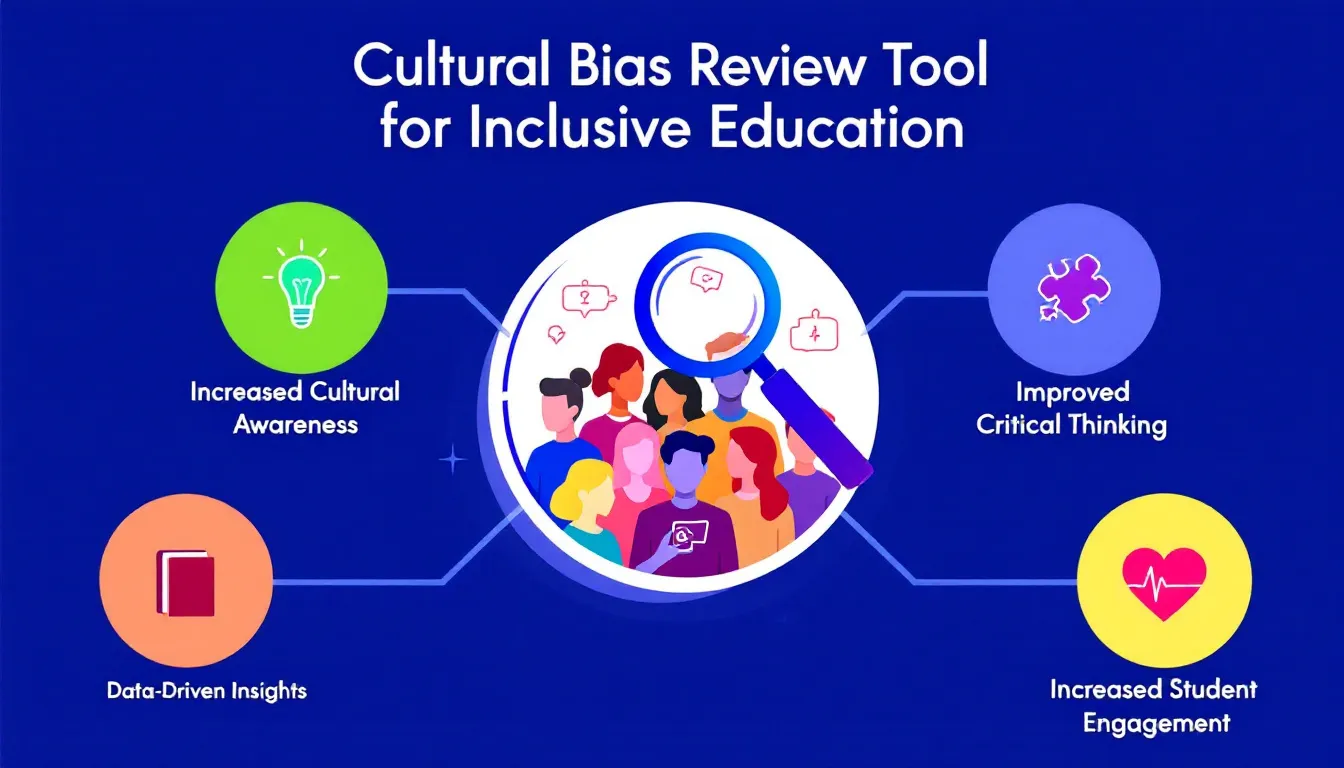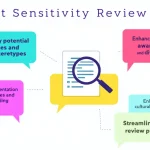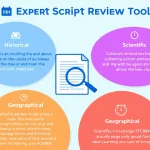Cultural Bias Review Tool
Is this tool helpful?
How to Use the Cultural Bias Review Tool Effectively
Follow these steps to get a thorough analysis and improve the inclusivity of your course content:
- Paste Course Module Content: Enter the entire text of your course module, including lectures, exercises, and assessments. For example, you might paste a module on Environmental Science focusing on climate change impacts worldwide or a language arts lesson exploring multi-cultural storytelling traditions.
- Define Target Audience (Optional): Describe your learners to help tailor the cultural perspective. Examples include Graduate students studying international development or Adult learners in a virtual health communication course.
- Indicate Cultural Context (Optional): Specify cultural groups or viewpoints that you want the review to consider carefully. For instance, enter Indigenous communities of the Americas or Southeast Asian and Pacific Islander cultural perspectives.
- Submit the Form for Review: Click the “Review for Cultural Bias” button to analyze the content for potential inclusivity issues and cultural blind spots.
- Review the Results: Read the detailed feedback highlighting cultural biases, assumptions, and recommendations for creating more inclusive content.
- Copy and Apply Suggestions: Use the provided feedback to revise your materials. You can easily copy the suggestions and integrate them into your instructional design process.
By following these steps, you ensure your educational materials respect cultural diversity and communicate effectively with all learners.
Introduction to the Cultural Bias Review Tool
The Cultural Bias Review Tool helps instructional designers, educators, and content creators identify hidden cultural biases in course materials. It analyzes your content to highlight areas that might unintentionally favor one cultural viewpoint or exclude others. This review supports the creation of inclusive, respectful, and culturally sensitive learning environments.
Purpose of the Tool
- Detect biased language, assumptions, and stereotypes within educational content.
- Encourage balanced representation of diverse cultural perspectives.
- Promote inclusive terminology and culturally sensitive examples.
- Provide actionable recommendations to enhance cultural inclusivity.
Benefits of Using the Cultural Bias Review Tool
- Save Time: Automated analysis speeds up bias detection, which usually requires manual reviews.
- Ensure Consistency: Standardized criteria eliminate subjective discrepancies in cultural bias identification.
- Expand Cultural Awareness: The tool’s database spans numerous cultural contexts often overlooked in typical reviews.
- Enhance Learning Outcomes: Inclusive content fosters engagement and satisfaction among diverse learners.
- Support Professional Growth: Regular use improves your cultural sensitivity in content design.
Practical Uses of the Cultural Bias Review Tool
This tool fits well into the workflow of educators and instructional designers working on a wide range of courses and materials.
Curriculum Design for Diverse Student Populations
- Ensure case studies represent multiple cultural viewpoints, such as business practices from both African and Latin American markets.
- Adjust historical narratives to include perspectives from indigenous peoples alongside dominant national histories.
Language and Communication Courses
- Identify and replace idioms or metaphors that may confuse non-native speakers with more universally understood terms.
- Include examples that respect students’ home cultures while teaching target language etiquette.
Science and Technology Education
- Highlight scientific contributions from various cultures and regions worldwide.
- Encourage inclusive imagery and examples that reflect global diversity rather than a single cultural norm.
Professional Development and Cultural Competency Training
- Ensure training materials model cultural sensitivity practices you want participants to adopt.
- Incorporate diverse expert voices and culturally relevant scenarios that challenge biased assumptions.
Understanding Cultural Bias in Educational Content
Cultural bias happens when educational materials unintentionally favor certain perspectives or beliefs, which can alienate learners from different backgrounds. This tool helps uncover issues such as:
- Stereotypes or generalizations about cultures or ethnic groups.
- Overrepresentation of Western viewpoints in global topics.
- Use of language that excludes or marginalizes certain learners.
- Assumptions that all students share the same cultural knowledge or experience.
- Ignoring contributions from diverse cultural groups.
Why Addressing Cultural Bias Matters
- Create Inclusive Learning: Students feel valued and understood when diverse perspectives are included.
- Boost Student Engagement: Relevant and respectful content increases motivation and participation.
- Expand Worldviews: Exposure to different cultures builds critical thinking and empathy.
- Improve Achievement: When learners see themselves reflected in content, they perform better.
- Prepare for Diverse Workplaces: Students gain skills needed for multicultural professional environments.
How the Cultural Bias Review Tool Supports You
The tool uses advanced language processing to analyze your course content automatically. It identifies subtle biases and suggests improvements, such as:
- Balancing cultural perspectives in historical, social science, and literature courses.
- Replacing exclusive or outdated language with inclusive alternatives.
- Pointing out culturally specific references that might confuse some learners.
- Encouraging visual representations that reflect diversity and avoid stereotypes.
Continuous Improvement
Using the tool regularly helps you sharpen your awareness of cultural sensitivity and integrate best practices in instructional design from the start.
Frequently Asked Questions About the Cultural Bias Review Tool
Q1: How does the tool define cultural bias?
It identifies content that favors one culture unfairly or excludes others, including stereotypes, ethnocentric views, or assumptions about shared cultural knowledge.
Q2: Can the tool analyze content in languages other than English?
Currently, the tool is optimized for English, but multilingual support is planned for future updates.
Q3: When should I use the tool during course development?
Use it early in content creation, after drafting, and before finalizing your materials to catch and address biases effectively.
Q4: Does the tool review images and videos?
It mainly analyzes text but offers general advice on visual inclusivity. Human review is recommended for media content.
Q5: How is the tool kept current with cultural sensitivities?
Regular updates from cultural experts and data scientists ensure the tool reflects evolving norms and research.
Q6: Is the tool suitable for K-12 educational materials?
Yes, it is effective for all education levels and helps ensure age-appropriate, culturally sensitive content.
Important Disclaimer
The calculations, results, and content provided by our tools are not guaranteed to be accurate, complete, or reliable. Users are responsible for verifying and interpreting the results. Our content and tools may contain errors, biases, or inconsistencies. Do not enter personal data, sensitive information, or personally identifiable information in our web forms or tools. Such data entry violates our terms of service and may result in unauthorized disclosure to third parties. We reserve the right to save inputs and outputs from our tools for the purposes of error debugging, bias identification, and performance improvement. External companies providing AI models used in our tools may also save and process data in accordance with their own policies. By using our tools, you consent to this data collection and processing. We reserve the right to limit the usage of our tools based on current usability factors.







